They had already changed their name and their style of music from their original incarnation. This time around, Jefferson Starship kept the name the same. But circumstances forced them into a different approach to their work yet again.
Videos by American Songwriter
“Jane”, released in 1979, showed that Jefferson Starship was ready to adjust their music to keep up with the times. The song shot to the Top 20 and helped introduce the latest version of this resilient group of musicians to the world.
Grace-Less
Jefferson Starship formed out of the ashes of Jefferson Airplane in 1974. The Airplane stood out as a leading light of the psychedelic scene in the 60s. When that style of music faded from the limelight, Paul Kantner and Grace Slick attempted to adjust with a slightly altered brand and a fresh band.
What ultimately defined the first era of Jefferson Starship was the addition of Marty Balin to the roster. Balin had also been in the Airplane. His style of soft-rocking ballads struck a nerve with the listening public. The band minted several big hits in the mid-70s with Balin on lead vocals.
But things suddenly turned sour with this lineup. Balin balked at touring with the band, and he decided to leave following the 1978 album Earth. Around that same time, Slick, suffering the effects of alcoholism, caused some controversy with her behavior during a show in Germany. She soon left the band as well.
Meet Mickey
Jefferson Starship easily could have folded the tent with their two main singers out of the group. But Kantner and company decided instead to hold auditions for a new lead vocalist. Mickey Thomas, a powerhouse belter whose claim to fame had been singing lead on the Elvin Bishop hit “Fooled Around And Fell In Love”, got the gig.
As lead single for the Thomas-led Jefferson Starship’s first album, Freedom At Point Zero, bassist David Freiberg had worked up a song called “Jane” with co-lyricist Jim McPherson. Freiberg originally envisioned it as a kind of baroque pop song, a la what was popular in the late 60s.
However, when Freiberg took it to the band, lead guitarist Craig Chaquico turbo-charged it with a hard-rock arrangement. Chaquico’s screaming guitar and Pete Sears’ funky piano dominated the sound. Not only did “Jane” provide the revamped Jefferson Starship with an immediate hit (no. 14 in 1979), but it also pointed the way to the sound the band would cultivate over their next several releases.
Behind the Lyrics of “Jane”
“Jane” finds a narrator expressing his frustration at the titular character. He wants to continue the relationship they’ve begun, but she’s reluctant. “There’s a time for love / And a time for letting it be, baby,” she tells him.
He thinks she’s making a mistake: “Jane, you’re playin’ a game / You never can win, girl.”
He presents evidence of their connection. “Were all those nights we spent together / Only because you didn’t know better.”
There’s a contrast between their intentions, as he makes clear. “Jane, you’re playin’ a game of hide and go seek / Jane, you’re playin’ for fun/But I play for keeps.”
It wouldn’t be too long before Jefferson Starship changed again, becoming Starship in the mid-80s. Another change in sound accompanied that move. In the entire tortured history of the different iterations of this loose collection of musicians, “Jane” represents the hardest-rocking hit.
Photo by Ed Perlstein/Redferns/Getty Images


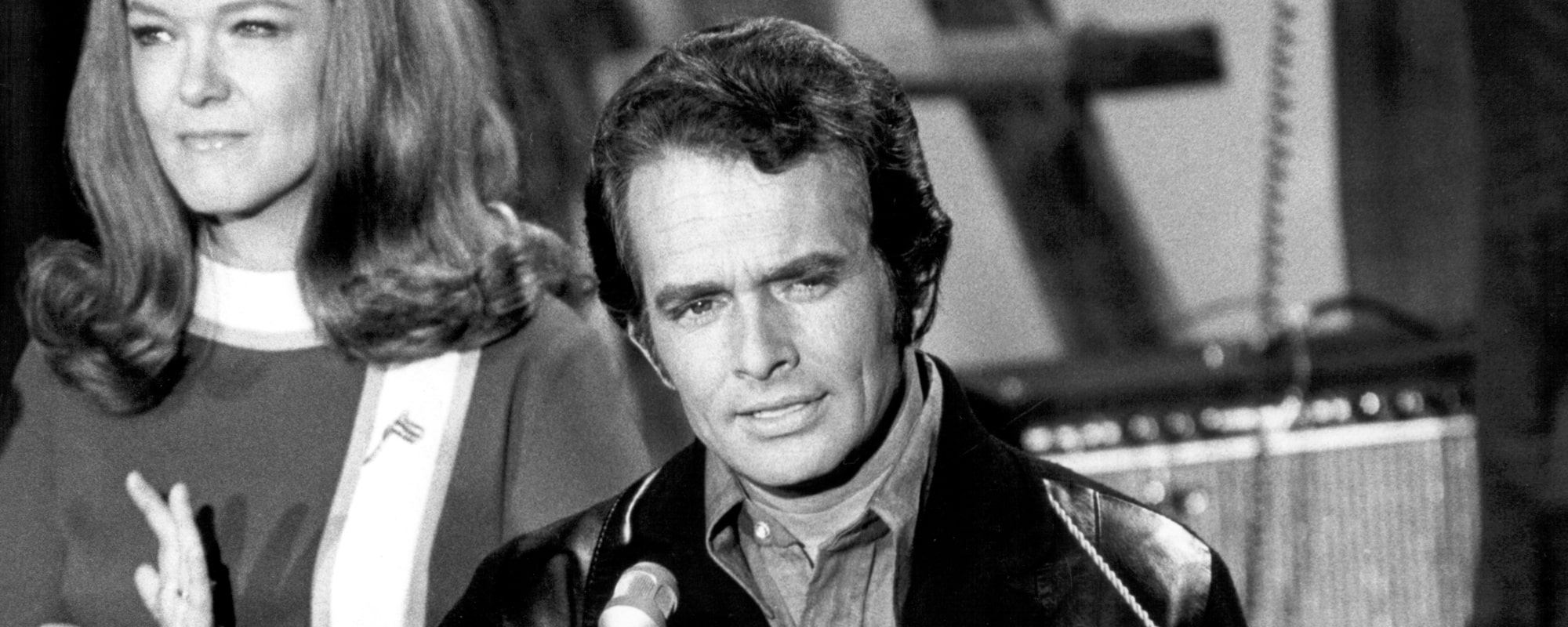


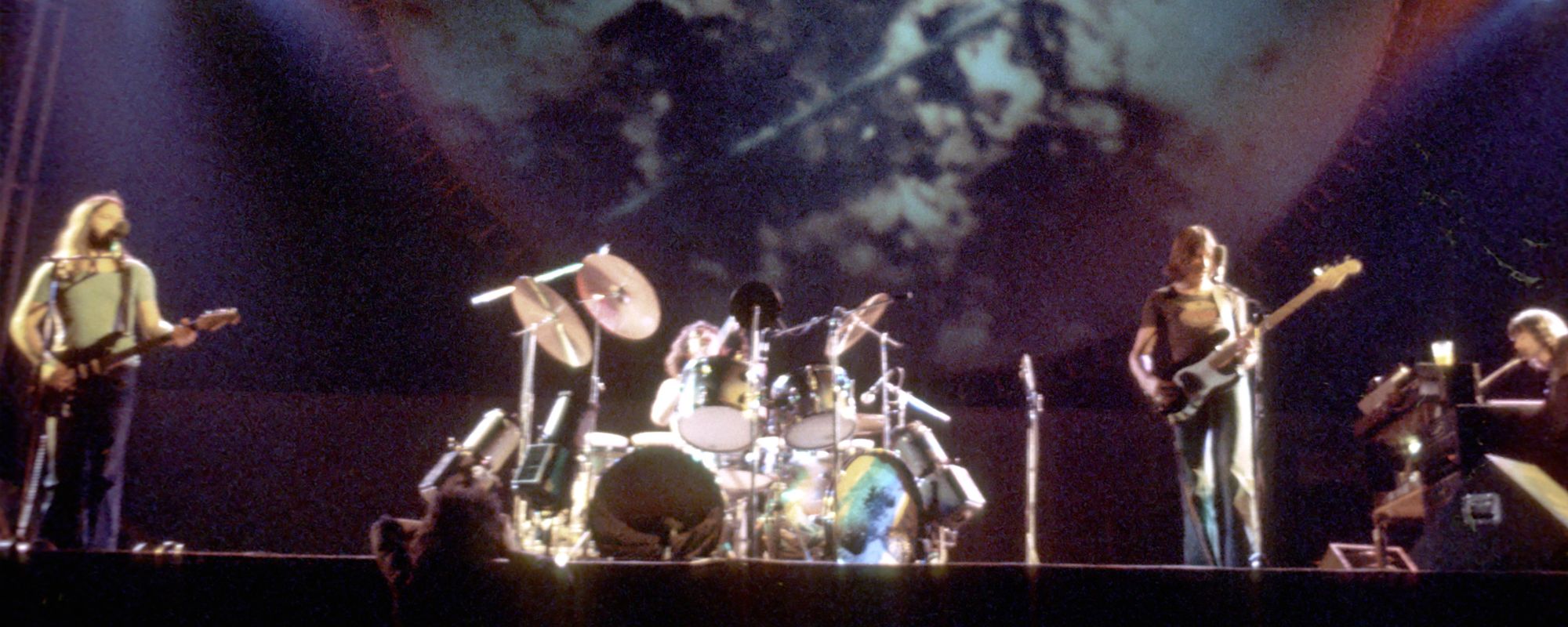
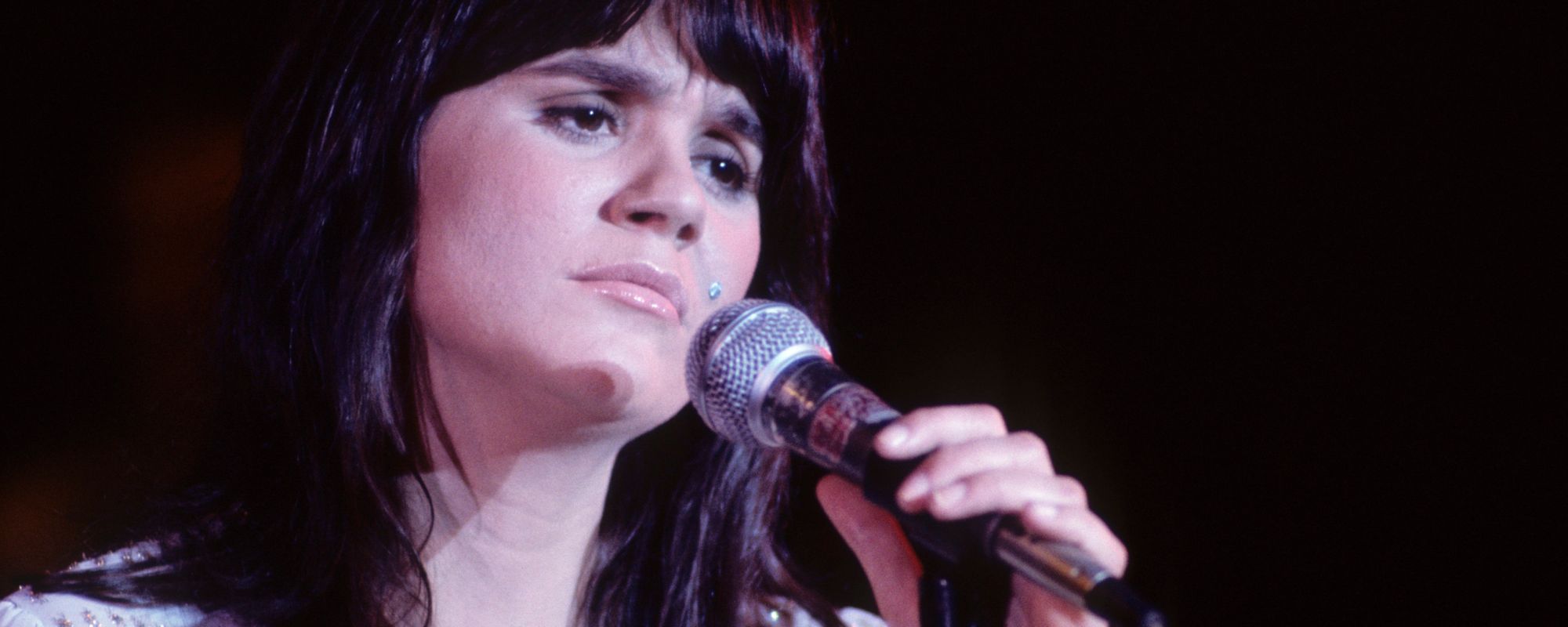
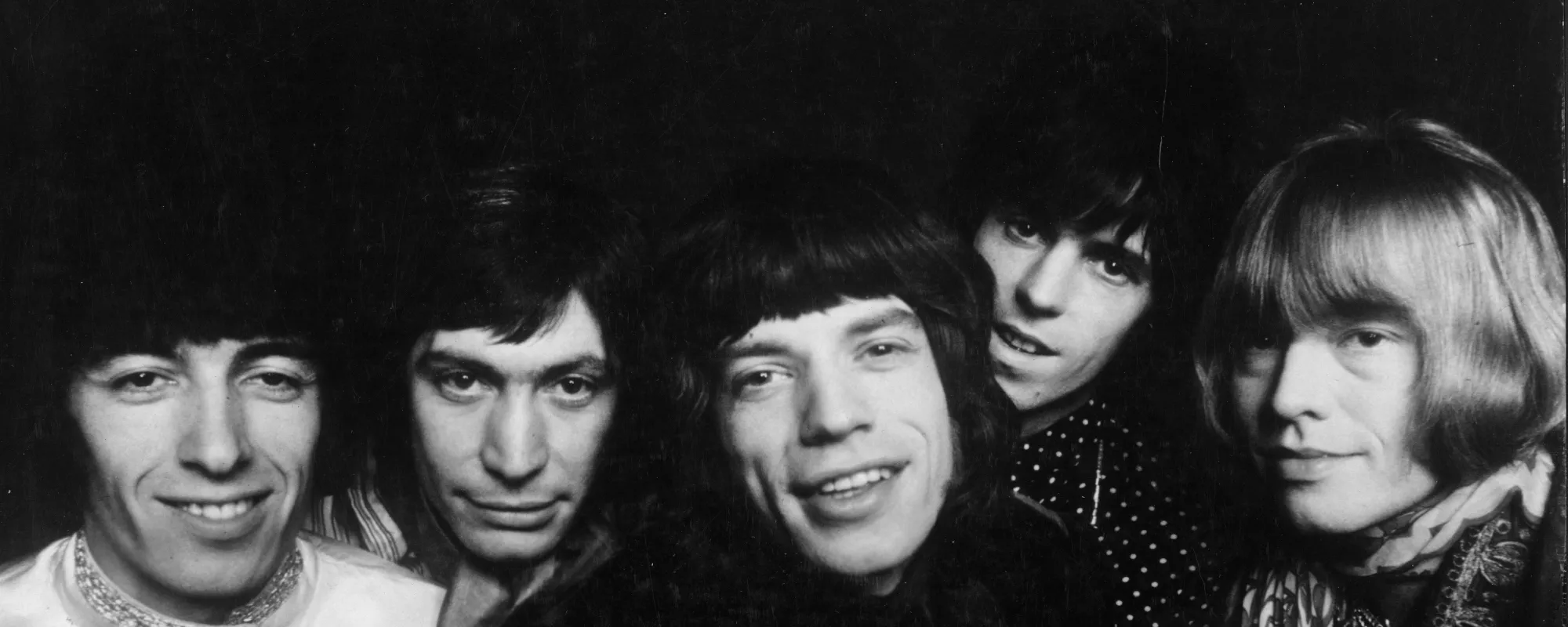
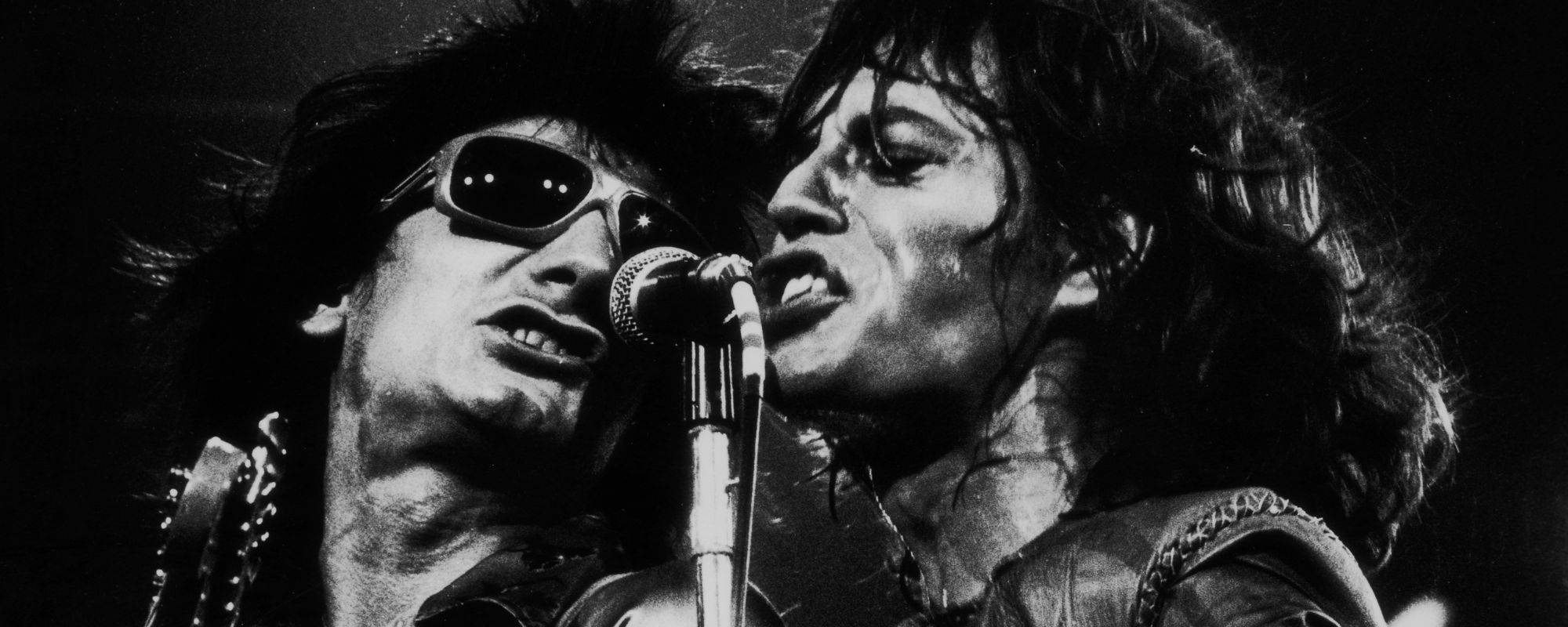


Leave a Reply
Only members can comment. Become a member. Already a member? Log in.